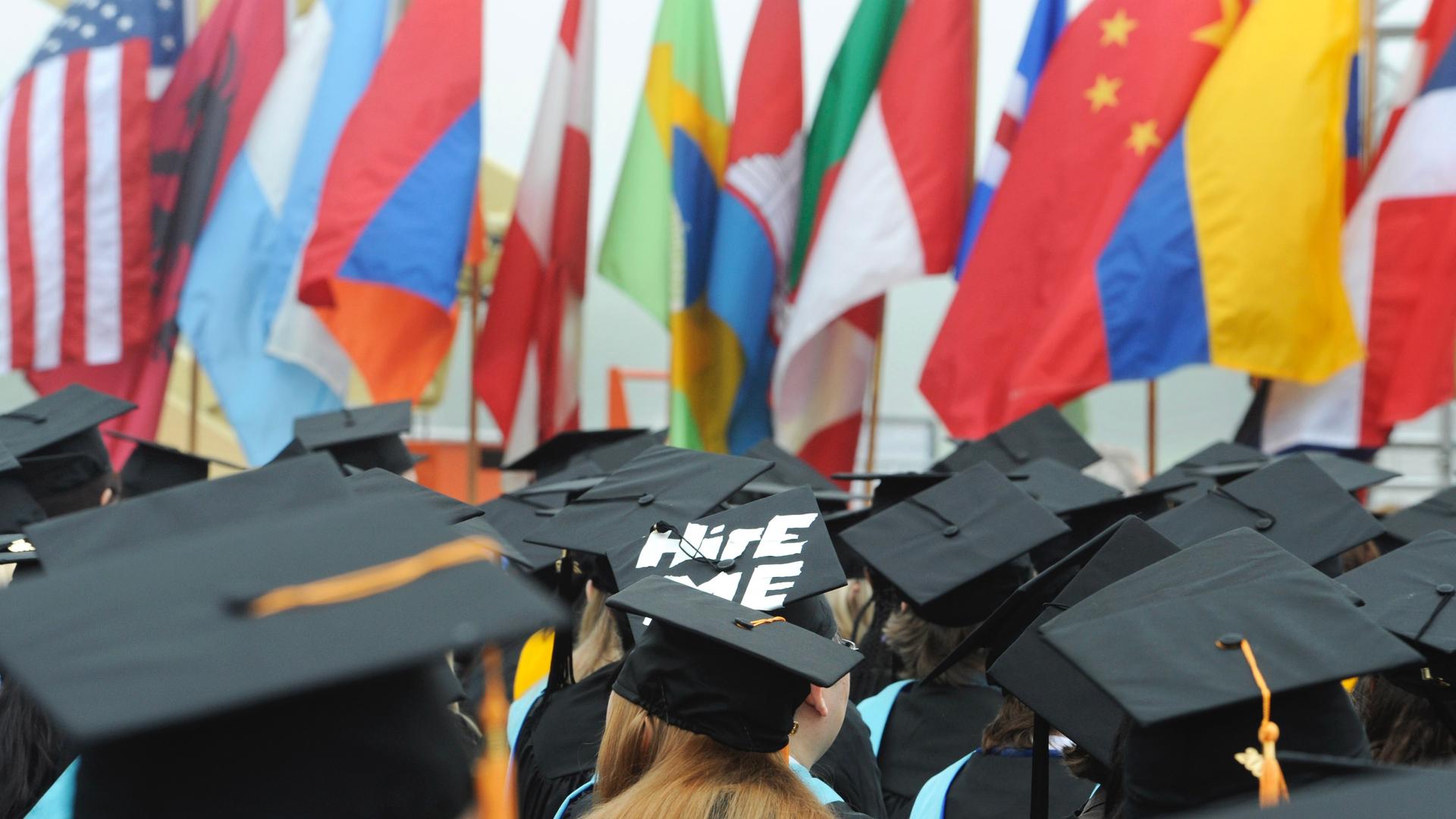Higher education transformed the US into the country it is today. Its premier universities are why the US is the No. 1 choice among international students. But nowhere else is tuition as expensive, and many are in debt.
The World’s hourlong special, “The price of higher ed,” on March 29, focused on how international students pay for their college education in the US, and it examined how other countries fund higher education.
The special was part of “The World’s Global Classroom,” an ongoing project about the intersection of international students and higher education, with support from the Lumina Foundation.
See a full list of the special’s 11 stories below along with an illustration by Yunyi Dai.

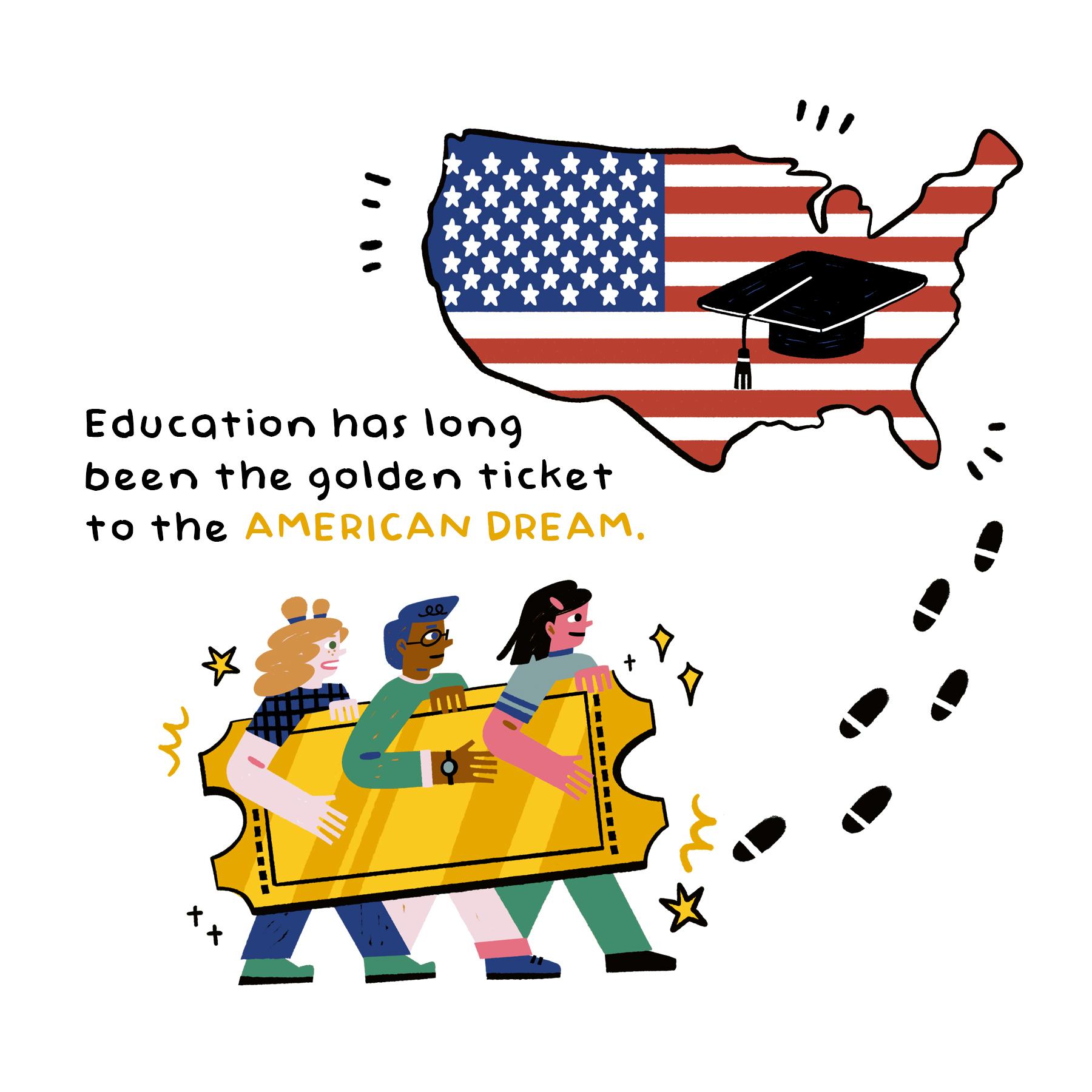
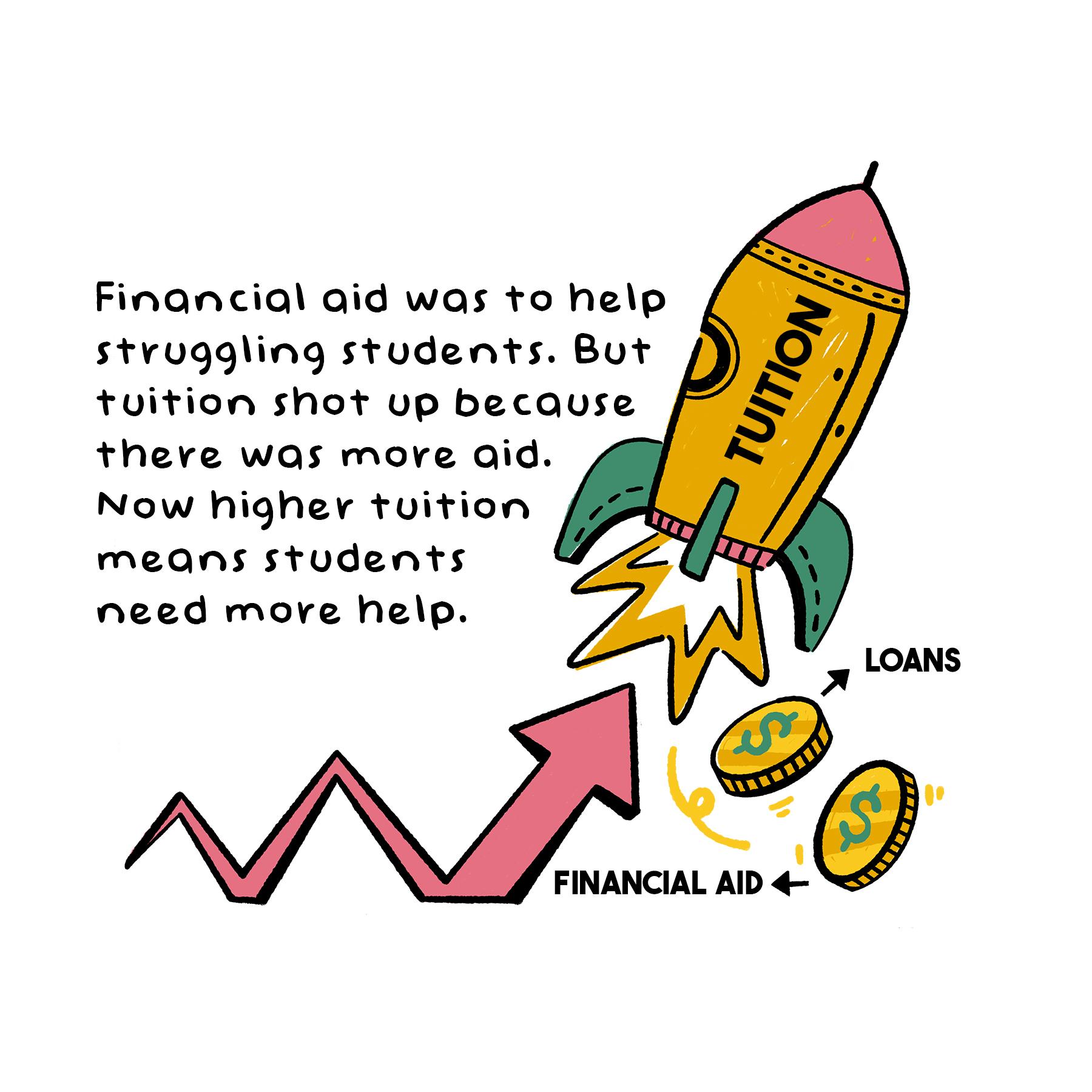
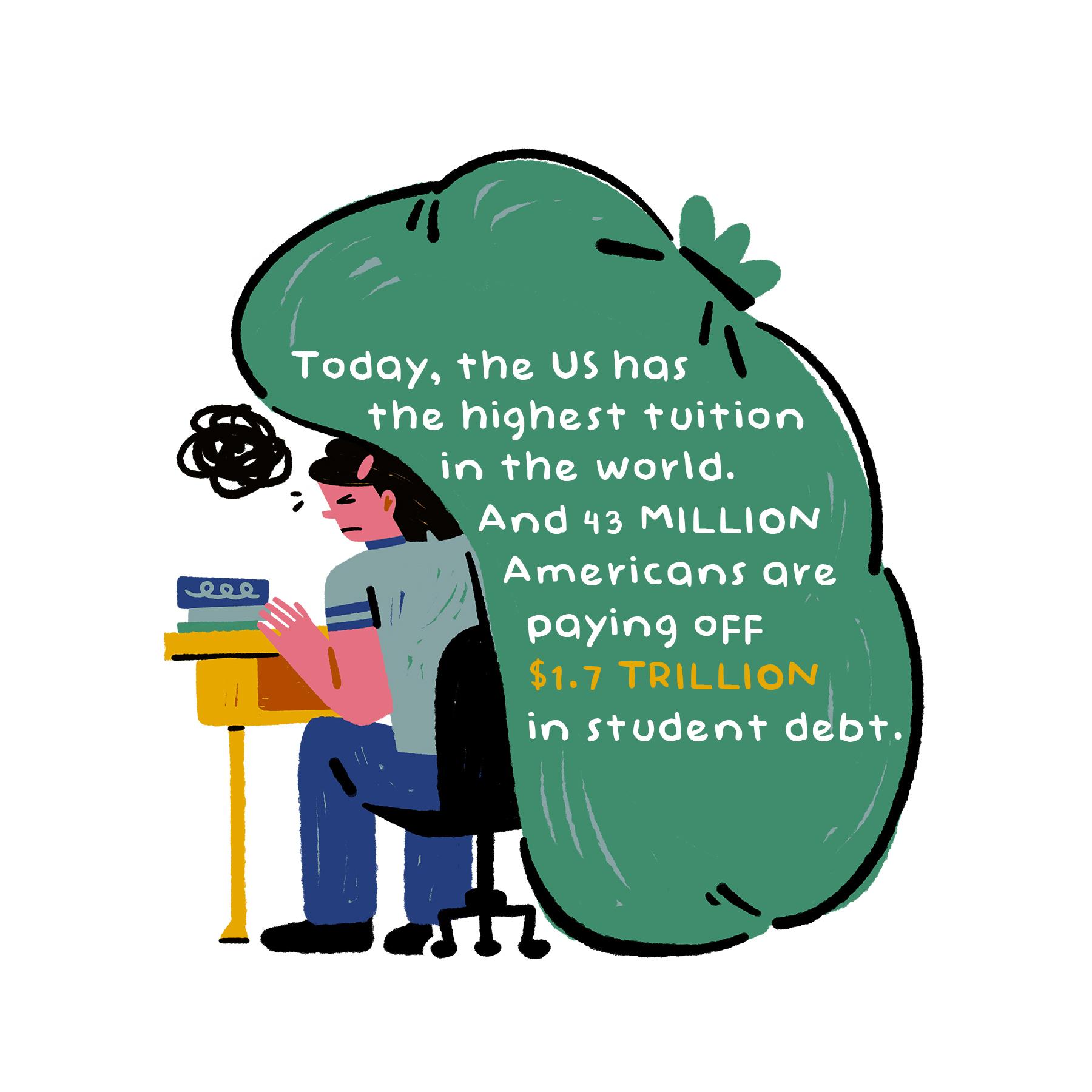
Student loans can be ‘simple’ and ‘automatic.’ Other countries offer lessons to the US.
Higher education transformed the US into the country it is today. Its premier universities are why it’s the No. 1 choice among international students. But nowhere else is tuition as expensive — or are so many in debt. GBH education reporter Kirk Carapezza looks at how the US got here, and how other countries fund higher education.
Denmark pays students to go to college. But free education does have a price.
Borrowers in the US and the UK wrack up the highest debt in the world. In Denmark, tuition is free and students are given grants to pay for food and housing. Few take out loans. However, Joshua Coe reports from Aarhus, Denmark, that free education does have a price.
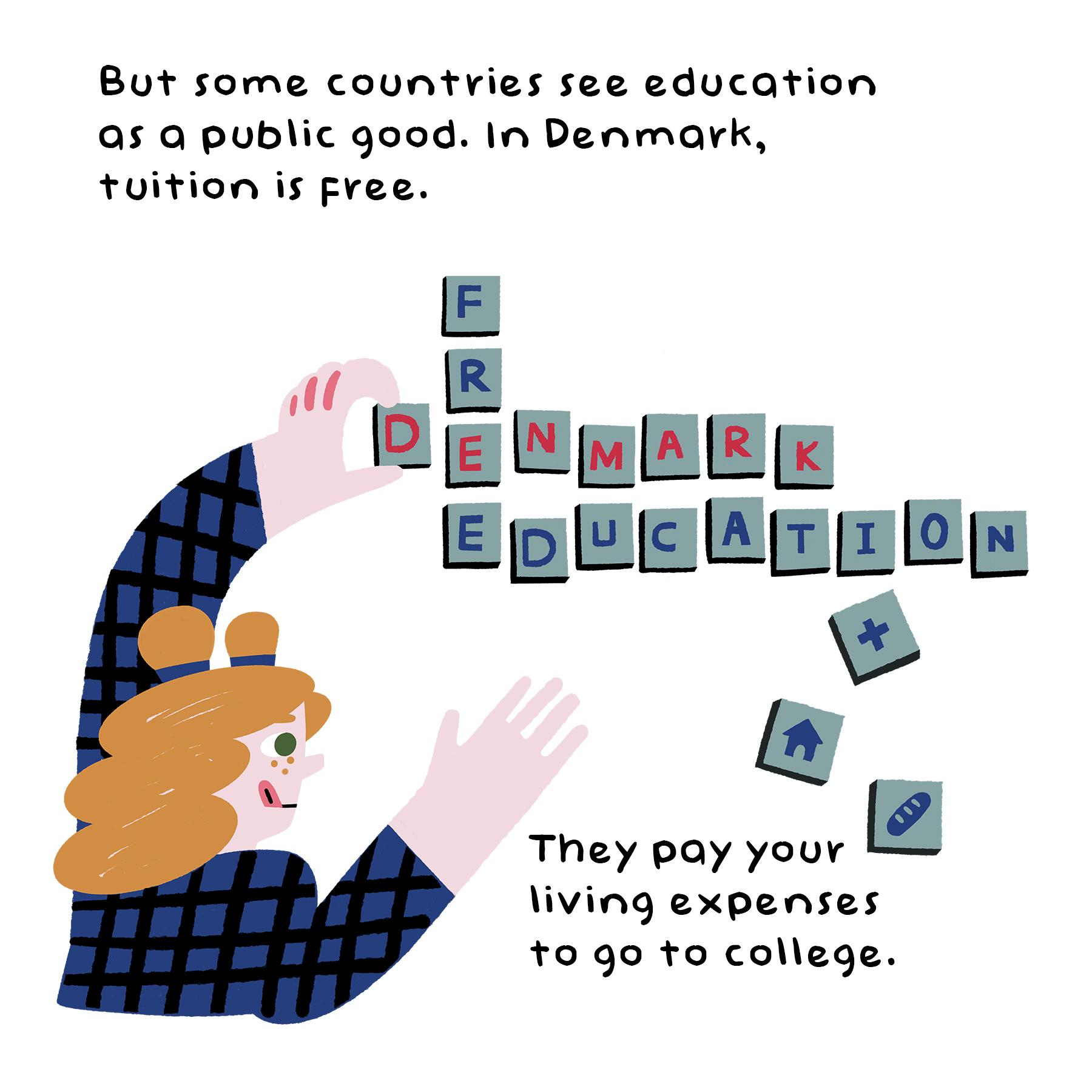
Despite lack of govt loans for college in Cambodia, these students are making it work
Cambodia is still recovering from the murderous reign of the Khmer Rouge when most academics were killed. Today, universities have been rebuilt, but most people in impoverished kingdoms can’t afford even the lowest tuition fees. Leila Goldstein reports that those who want to get a higher education have to be either lucky or very resourceful.
High fees paid by international students help US universities balance their books
The US is the top destination for higher education in the world, with more than 1 million international students generating more than $40 billion each year. These families save up for decades, with their full-fare tuition dollars going to subsidize US students. The World’s Carolyn Beeler speaks to The Chronicle of Higher Education reporter Karin Fischer, who writes the weekly “Latitudes” newsletter that covers international higher education.
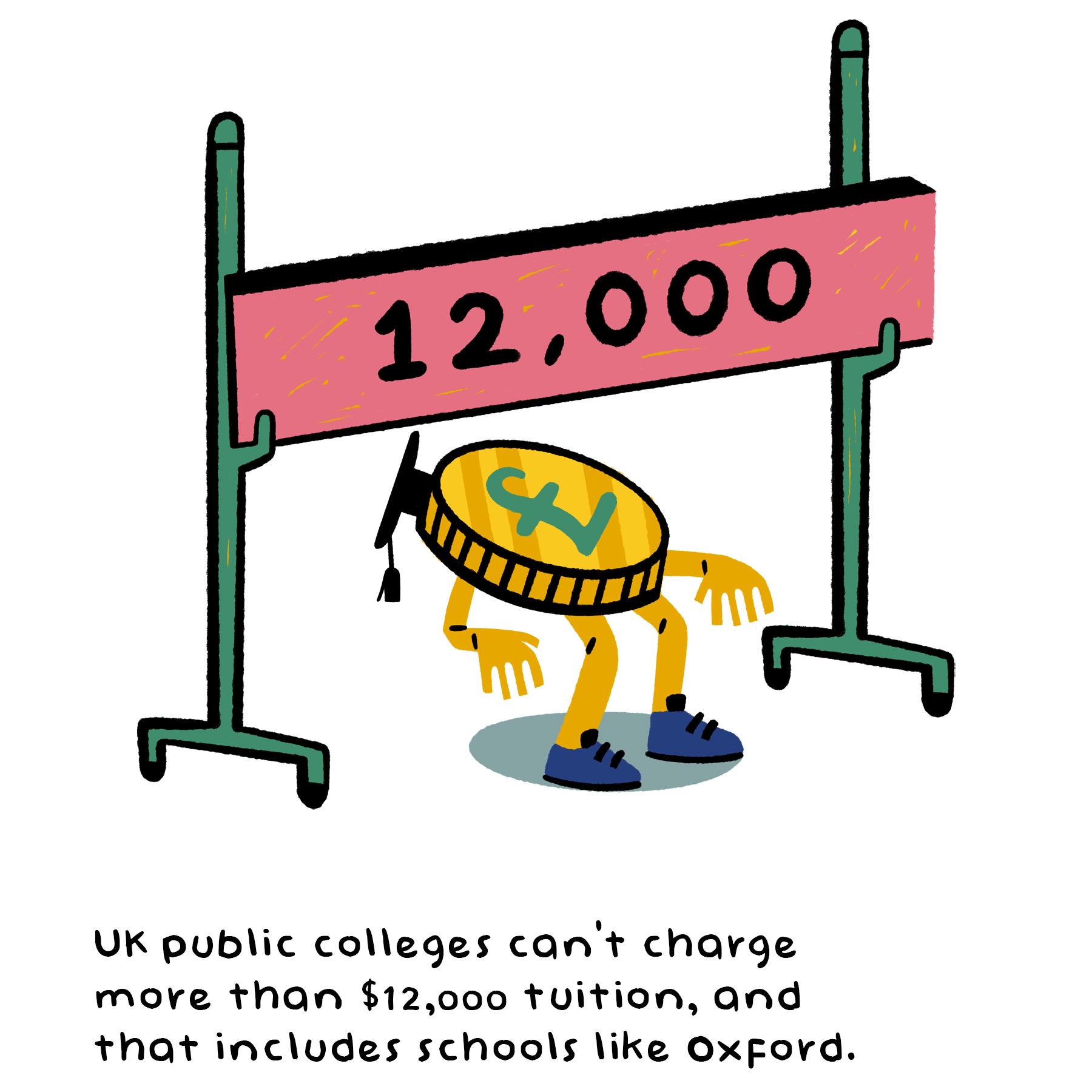
Open secret: Some international students in the US are going hungry
Samantha — we are not using her full name — initially had enough money to pay her tuition fees. But after her family’s business in South Africa collapsed, her mother’s friends and relatives pooled their money together so she could finish college in the US. Samantha admits she’s also had to work under the table. If caught, she would lose her F1 visa and be deported. Andrea Gutierrez reports from Los Angeles that US colleges and universities know that some international students are desperate and some are hungry.
How a US education is already paying off for some
International students don’t qualify for federal financial aid, and they pay much higher fees at state schools. But, for five Indian science and engineering students getting their master’s degrees at San Jose State University, the shot at the opportunities and high future earnings are worth it. KQED reporter Madi Bolanos says their cramped, shared apartment has not dampened their spirits.
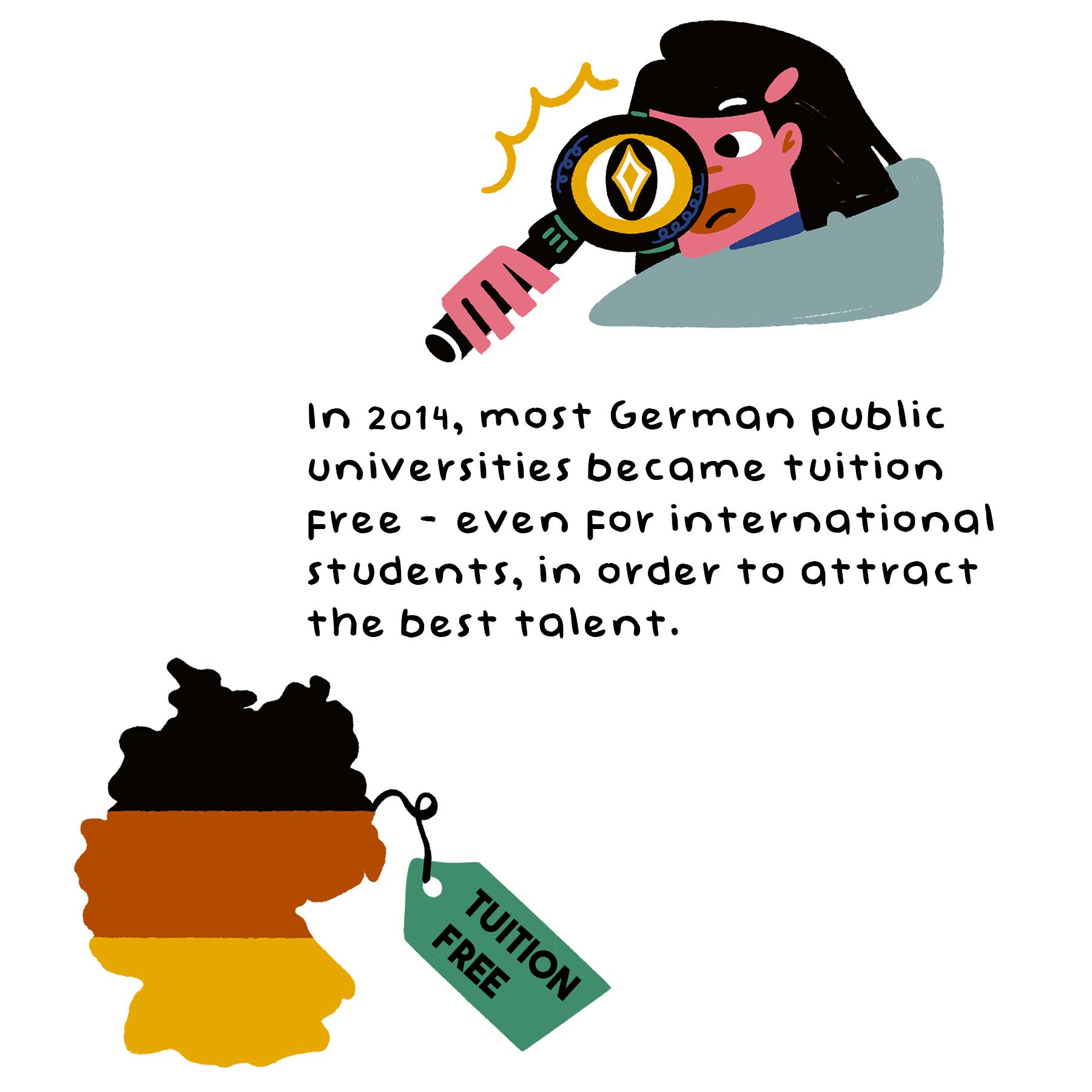
Visa delays dash ‘once-in-a-lifetime’ opportunities for students, workers in India
Getting visas to travel to the US has never been easy for people of certain nationalities, even for students who have already been accepted to a US university. During the pandemic, visa processing delays extended to a year or more. Sushmita Pathak reports from Delhi that long delays remain because of the large numbers of applicants, forcing students to rethink their educational futures.
‘University of the People’ offers tuition-free degrees for marginalized students across the globe
The University of the People bills itself as the first nonprofit, tuition-free, American-accredited online university. Those things are all true. Thanks to technological developments and the acceptance of online learning, the nature of higher education is changing fast. But are the university’s 137,000 students from more than 200 countries getting a quality education? Emily Haavik reports on how the university works.

International students weigh in on hurdles and successes of studying in the US
For many international students, going to college in the US is part of a lifelong dream. But it can be difficult to overcome all kinds of hurdles to doing so. Nevertheless, The World spoke to a number of students who are carving their own pathways to pursue higher education in the US. Here are a few of their stories below, in their own words.

